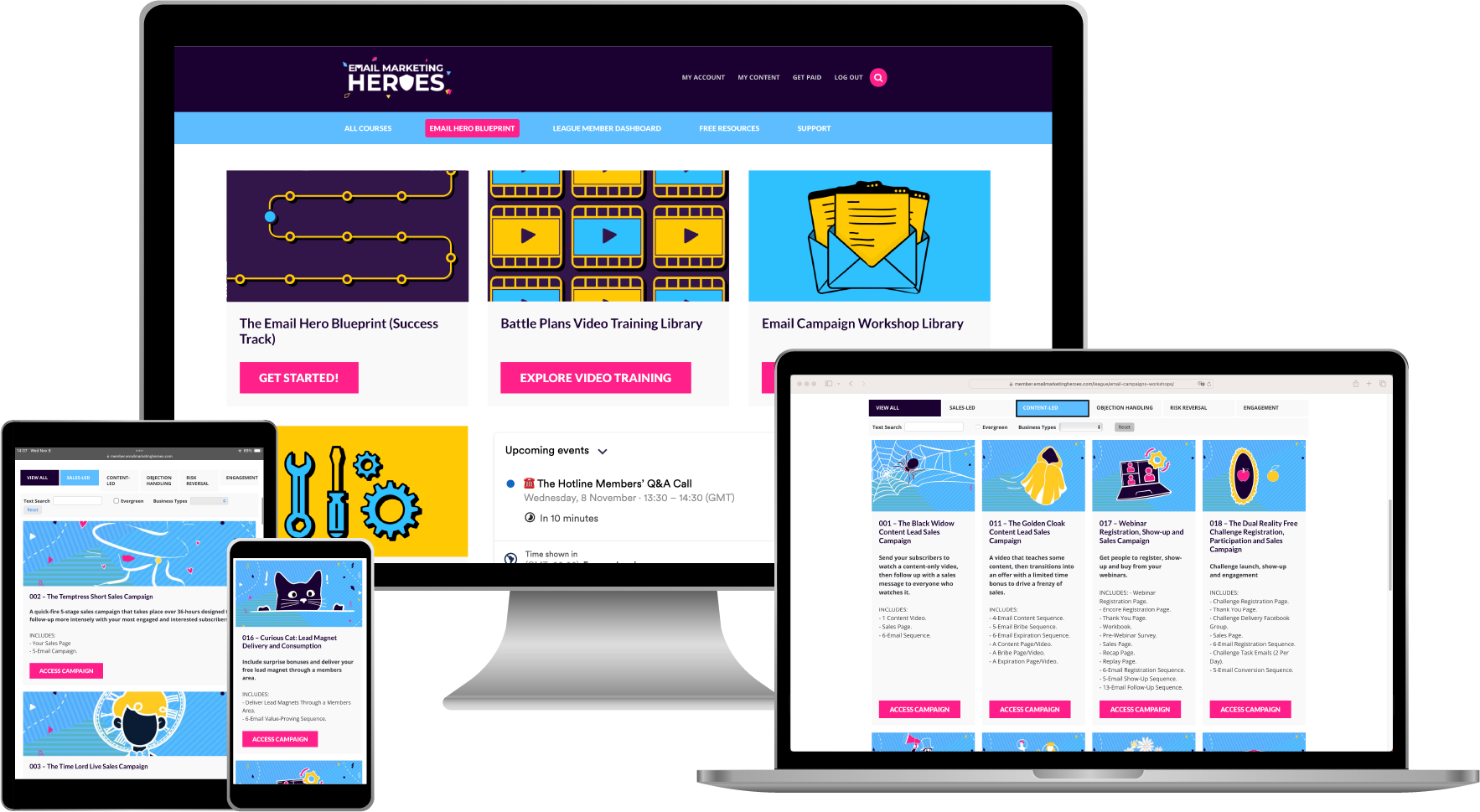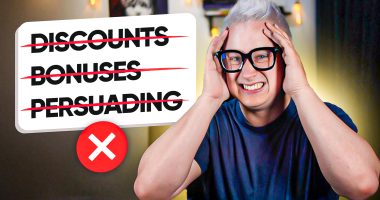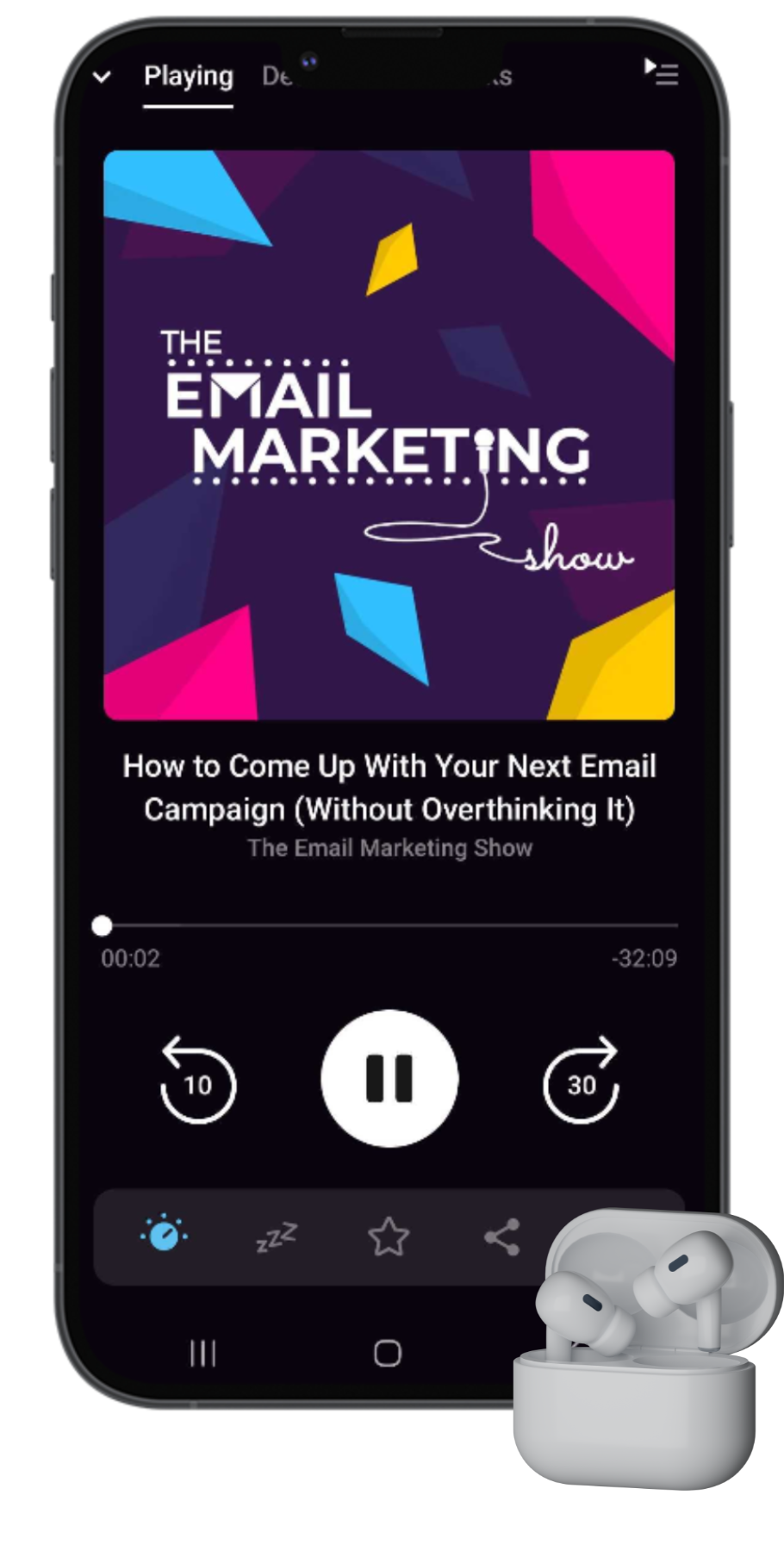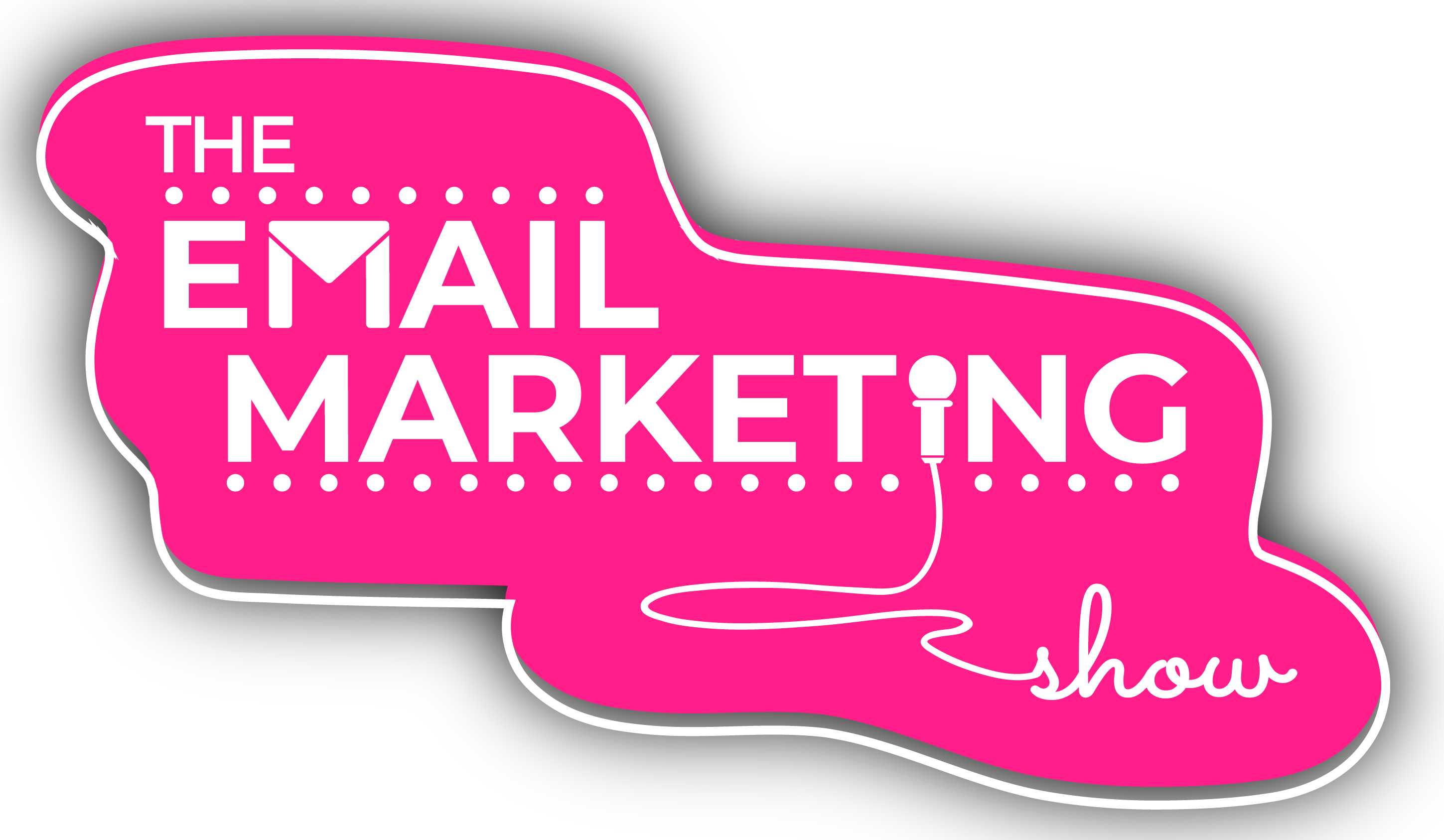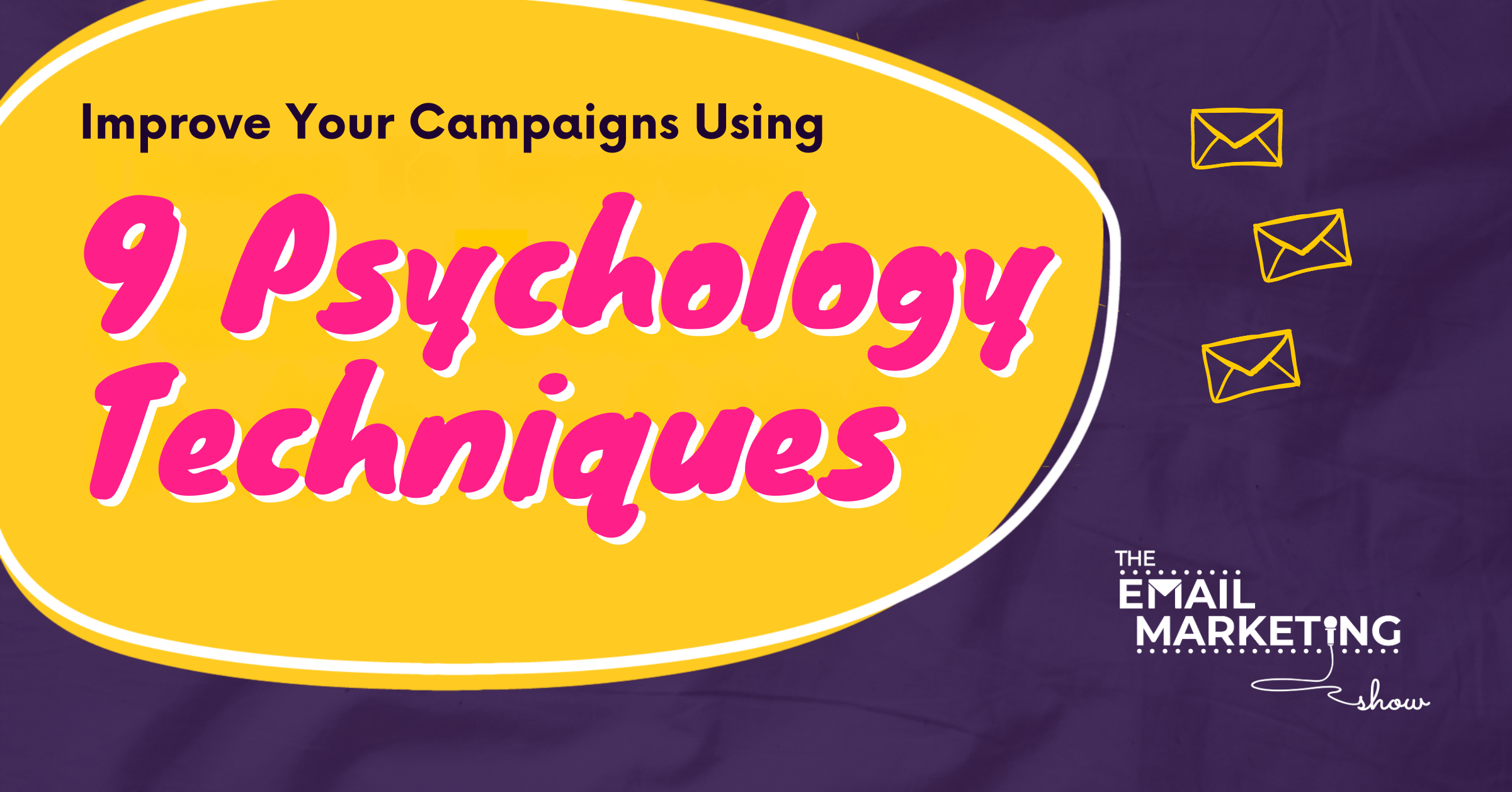
9 Psychological Things That We Use In All Of Our Campaigns
How do you make sure you get better results, more engagement, and more sales using email marketing campaigns? You need to understand the psychology of marketing.
We’re Kennedy and Fifi, and today we're going to share the 9 psychological strategies that we successfully use in all our email marketing campaigns.
Ready to discover all our best secrets?
Want to get more sales from your email marketing?
We put a little something together for you. It's really cool and it's FREE (yes, it's cool and free – we're nice like that). If you want to make more sales from your email marketing, you need more clicks on the things that you're selling!
That's why we're giving you 12 creative ways to help you get more clicks in every email you send. It's a FREE download, and it's called Click Tricks. You can grab it here.
1. Building Beliefs
One of the foundational elements of effective email marketing is building and reinforcing beliefs.
It's not about completely changing someone's mind overnight but rather building on their existing beliefs. When you tap into what your subscribers already believe and show them how your product aligns with those beliefs, you're more likely to see positive results.
For instance, instead of trying to convert someone from being a skeptic to a believer, show them how your product complements their current mindset and solves their problems.
2. Creating Urgency
Urgency is a powerful motivator, but it's often misunderstood.
While many marketers think urgency is just about a closing cart or an ending offer, it can be applied in multiple stages of your funnel. For example, you can use urgency to get people to register for a webinar, attend the webinar, take advantage of a special offer during the webinar, and finally make a purchase before the overall offer closes.
Each of these steps creates a compelling reason for immediate action, which can significantly boost your conversion rates.
3. Leveraging Scarcity
Scarcity works hand-in-hand with urgency.
By limiting the availability of your products or services, you create a fear of missing out (FOMO) among your audience. This can be particularly effective when you have a limited number of spots in a program or a finite quantity of a product.
Make it clear that once it's gone, it's gone, and watch how it drives people to take action.
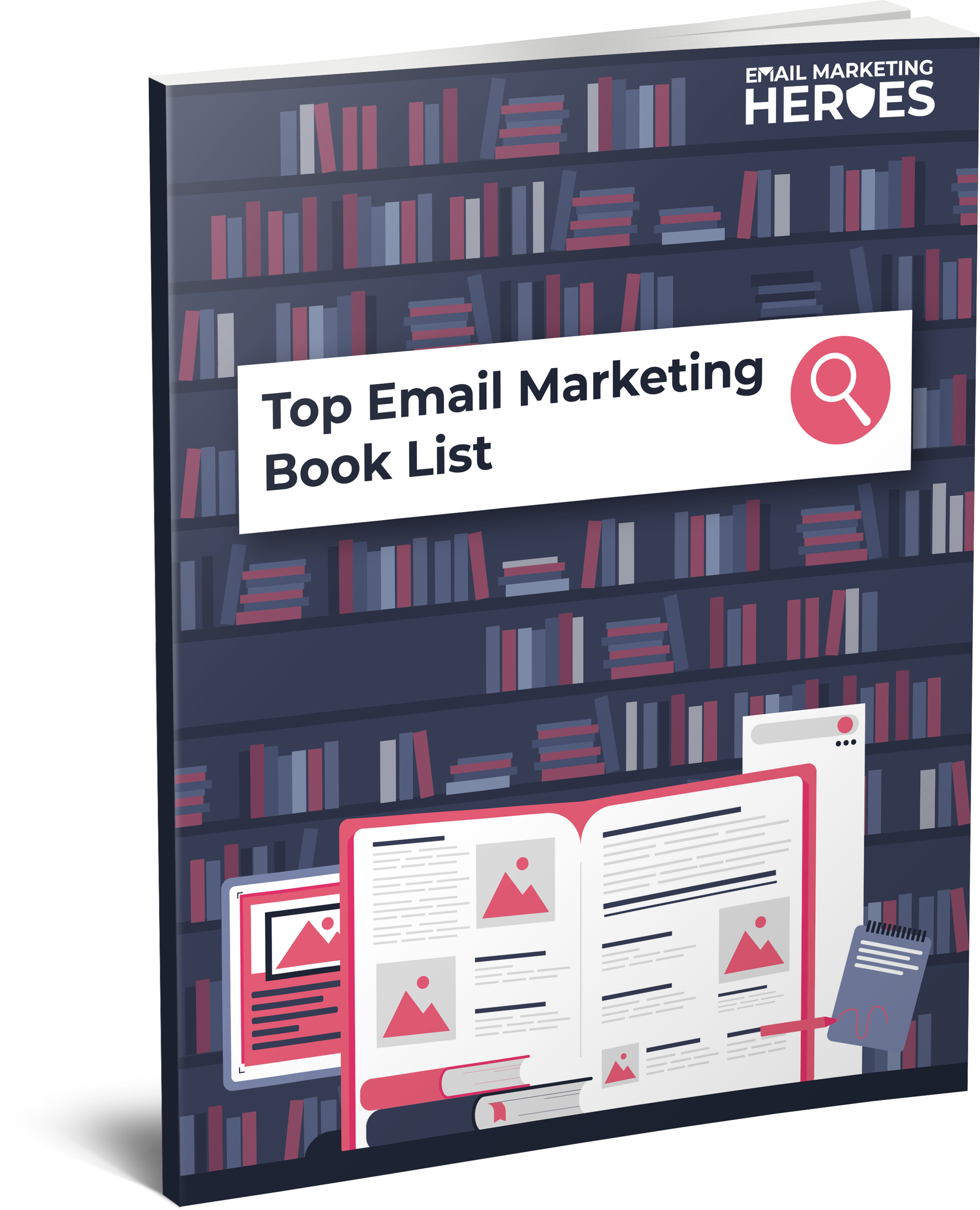
The Top 10 Books To 'Power Up' Your Email Marketing
10 book recommendations that will improve all areas of your email marketing (including some underground treasures that we stumbled upon which have been game-changing for us).
4. Resetting Attention
In a world full of distractions, resetting your audience's attention is crucial.
One way to do this is by switching up your campaigns and trying new approaches. For instance, using all lowercase subject lines or reintroducing emojis can make your emails stand out in a crowded inbox.
Another tactic is to use reverse psychology, such as listing reasons not to buy your product in a humorous and engaging way. These unexpected elements can capture your audience's attention and make your emails more memorable.
5. Selling Hope
At the core of many successful marketing campaigns is the concept of selling hope.
Your subscribers need to believe that your product or service will solve their problems and improve their lives. This hope is what drives them to make a purchase. By consistently demonstrating the positive outcomes and possibilities your product offers, you build a hopeful narrative that resonates with your audience.
6. Creating Personal and Emotional Urgency
Beyond time-based urgency, tapping into personal and emotional urgency can be incredibly effective.
This means connecting with your audience on a deeper level, understanding their individual needs, and making them feel that your offer is uniquely suited to them. Personal stories, testimonials, and relatable scenarios can all help create this type of urgency.
7. Utilizing Pattern Interrupts
Pattern interrupts are a great way to reset attention and keep your audience engaged.
This could be as simple as changing the format of your emails, using a surprising subject line, or including a GIF or image that stands out. The goal is to break the monotony and surprise your readers, making them more likely to engage with your content.
8. Building on Small Commitments
Another psychological tactic is to start with small commitments and build up to larger ones.
This is often referred to as the foot-in-the-door technique. By getting your audience to agree to something small, like clicking a link or signing up for a free resource, they're more likely to commit to something bigger later on, such as making a purchase or signing up for a paid program.
9. Reinforcing Decisions
Once someone makes a decision to engage with your content or purchase your product, it's important to reinforce that decision.
This can be done through follow-up emails that congratulate them on their choice, provide additional value, and encourage them to take further action. This reinforcement helps to reduce buyer's remorse and increases the likelihood of repeat purchases.
Subject line of the week
This week’s subject line is “Your workbook for today”.
This was sent to non-customers of a paid live class and had loads of inbuilt curiosity. Were they getting free access to the workbook? The paid class? Lots of compound curiosity in this one.
In the email there was an animated GIF scrolling through the workbook so that people could see the fancy resource and register for the paid live class.
Useful Episode Resources
Recent episodes
The Biggest Mistakes You’re Making With Your Email Automation
The 3 Subconscious Questions That Stop People From Buying
How To Create An Effective Lead Magnet Email Sequence That Gets Your Subscribers To LOVE You!
FREE list of the top 10 books to improve your email marketing
If you want to write better emails, come up with better content, and move your readers to click and buy, here's how. We put together this list of our Top 10 most highly recommended books that will improve all areas of your email marketing (including some underground treasures that we happened upon, which have been game-changing for us). Grab your FREE list here.
Join our FREE Facebook group
If you want to chat about how you can maximise the value of your email list and make more money from every subscriber, we can help! We know your business is different, so come and hang out in our FREE Facebook group, the Email Marketing Show Community for Course Creators and Coaches. We share a lot of training and resources, and you can talk about what you're up to.
Try ResponseSuite for $1
This week's episode is sponsored by ResponseSuite.com, the survey quiz and application form tool that we created specifically for small businesses like you to integrate with your marketing systems to segment your subscribers and make more sales. Try it out for 14 days for just $1.
Join The Email Hero Blueprint
Want more? Let's say you're a course creator, membership site owner, coach, author, or expert and want to learn about the ethical psychology-based email marketing that turns 60-80% more of your newsletter subscribers into customers (within 60 days). If that's you, then The Email Hero Blueprint is for you.
This is hands down the most predictable, plug-and-play way to double your earnings per email subscriber. It allows you to generate a consistent sales flow without launching another product, service, or offer. Best news yet? You won't have to rely on copywriting, slimy persuasion, NLP, or ‘better' subject lines.
Want to connect with Fifi?
Fifi is a personal brand and visibility coach who works primarily with introverted coaches and impact makers. She helps quieter people – those who have ideas they want to share with the world but struggle to put them out there. Fifi empowers them to find a way to share in a way that aligns with who they are. You can find Fifi on her website.
Subscribe and review The Email Marketing Show podcast
Thanks so much for tuning into the podcast! If you enjoyed this episode (all about the psychology of marketing and the 9 things we use in all our email campaigns) and love the show, we'd really appreciate you subscribing and leaving us a review of the show on your favourite podcast player.
Not only does it let us know you're out there listening, but your feedback helps us to keep creating the most useful episodes so more awesome people like you can discover the podcast.
And please do tell us! If you don't spend time on email marketing, what do you really fill your working days with? We'd love to know!

